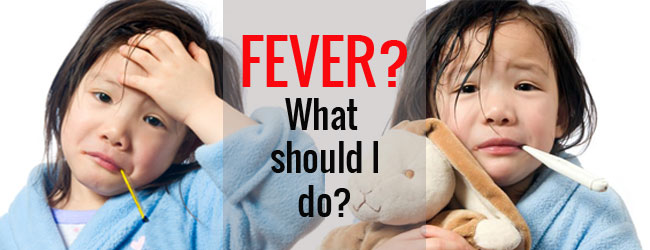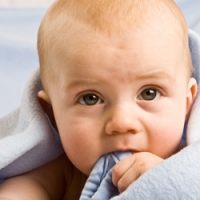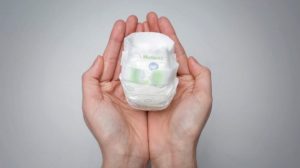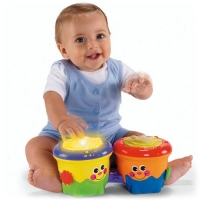It’s not uncommon for children of all ages to get a mild fever and while it can be confusing for new parents and for those prone to bouts of worry if you are educated as to what a normal temperature is and what is not, you will feel confident in how you treat and approach the situation and your little one’s discomfort. So how do you know just how unwell your child is? Is there a right or wrong way in which to take their temperature? When should you call the doctor and what can you do to help them on the road to a quick recovery?
What is a normal temperature?
Every child’s temperature is as individual as their personality and can vary depending on activity and illness. A young child’s temperature is prone to wild fluctuations as their little bodies are yet to work out how to control just how hot they get. However, a general rule of thumb adhered to by both doctors and hospitals is, if the temperature is above 37.5°C, then it is classed as a fever.
How can I detect if my child has a high temperature?
Children may appear flushed or hot, but to be sure they do in fact have a temperature, you will need to use a thermometer. To get a fast and accurate reading, it is advisable to use a digital thermometer such as the Non-Contact Infrared Forehead Thermometer that accurately and rapidly detects the body temperature through infrared, eliminating the need to wake baby or make bodily contact. This type of thermometer eliminates the risk of cross infection and delivers results in seconds!
How do I take my child’s temperature?
Traditionally temperatures have been taken either via under the tongue or armpit, though with the advanced technology of the Non-Contact Infrared Forehead Thermometer the need to make bodily contact is gone. Providing a hygienic way in which to ascertain your child’s temperature without the need to disturb them or cause them additional discomfort. It can also store up to 20 readings so you can monitor the progress of your child’s temperature both accurately and with ease.
How can I help them feel better?
- If your child’s temperature remains high, please consult with your GP and seek further medical advice.
- In an effort to reduce your little one’s temperature undress your child to their nappy or underwear, covering them only in a light cotton sheet which may help them to cool down and feel more comfortable.
- Ensure your child gets plenty of rest and undisturbed sleep.
- Keep the temperature in your home ambient. Your child’s room should be well ventilated and at a normal temperature. See the Gro-Egg Room Thermometer.
- Your child may lose their appetite this is a natural result of a fever and should only last a couple of days. Children will eat when they are hungry, however, please consult with your GP is your child refuses food for more than two to three days.
- Keep your child well hydrated. Offer lots of cold drinks especially water.
How long will my child’s fever last?
Fever is often a sign that the body is actively fighting infection, such as an ear infection, the flu or even chickenpox. Depending on the underlying cause a fever may last anywhere from a couple of hours to a few days.
When should I call the doctor?
Many fevers will clear up of their own accord and it can be distressing to see your young child so hot and uncomfortable, however, we do advise consulting with your GP if:
- Your baby is less than 3 months and has a temperature of 38°C or over.
- Your child is aged 3 to 6 months, and has a temperature 39°C or over.
- If your child presents with other symptoms such as floppiness, drowsiness, persistent vomiting or continued refusal to feed. Consult your GP as soon as possible.
If your child has a high temperature and you have any concern please contact your GP at your earliest convenience for professional medical advice.



